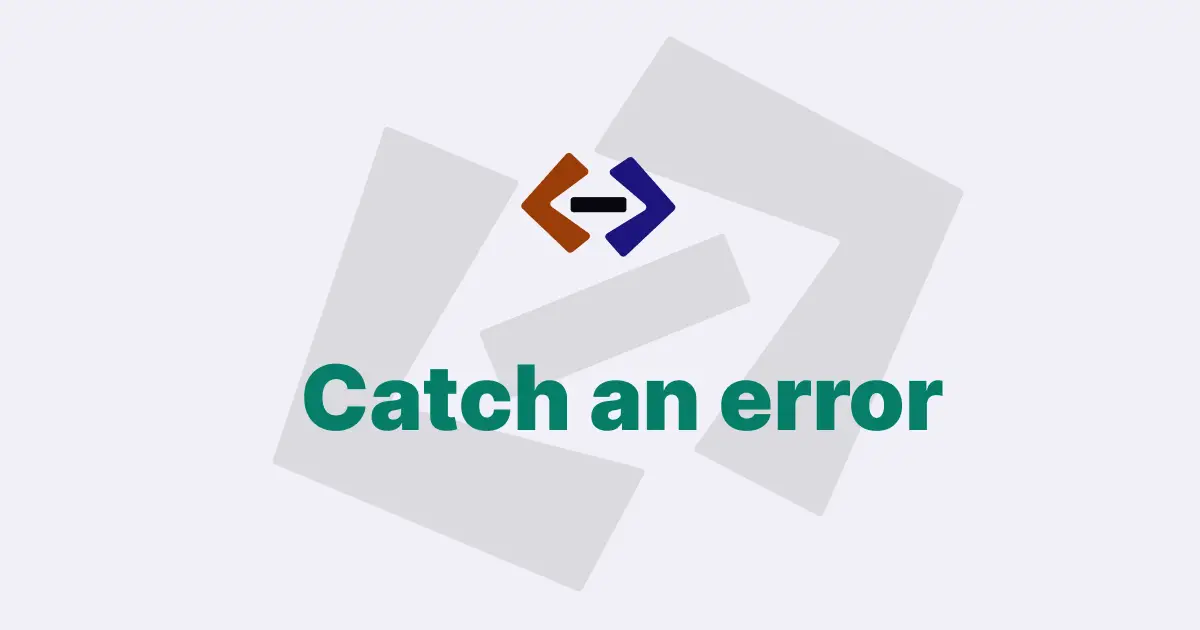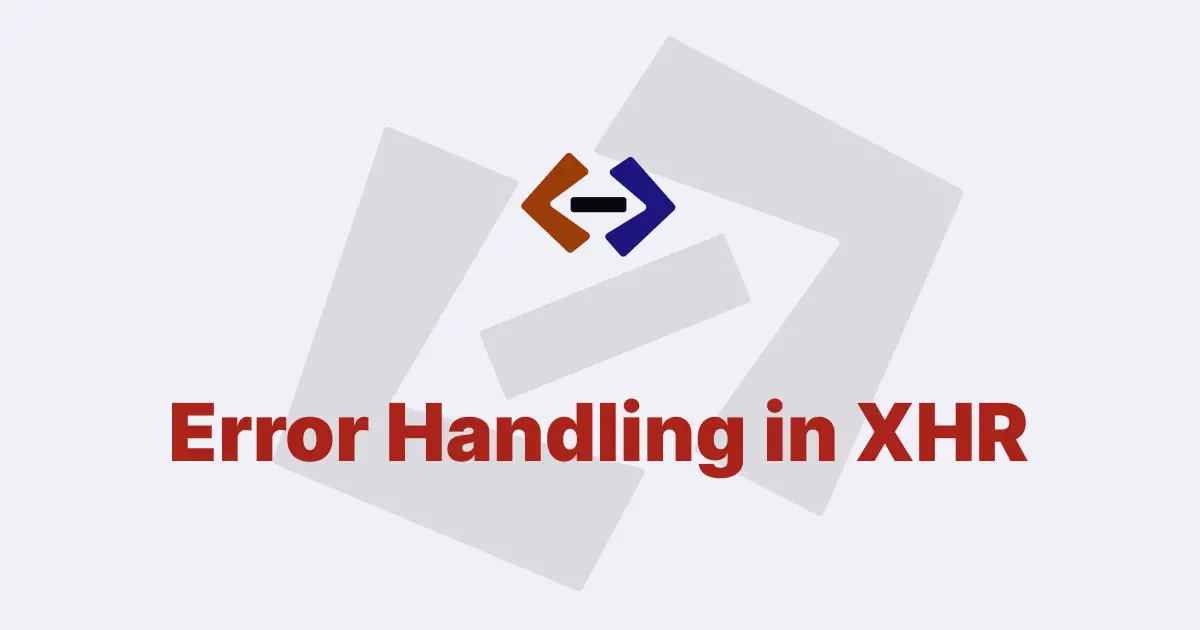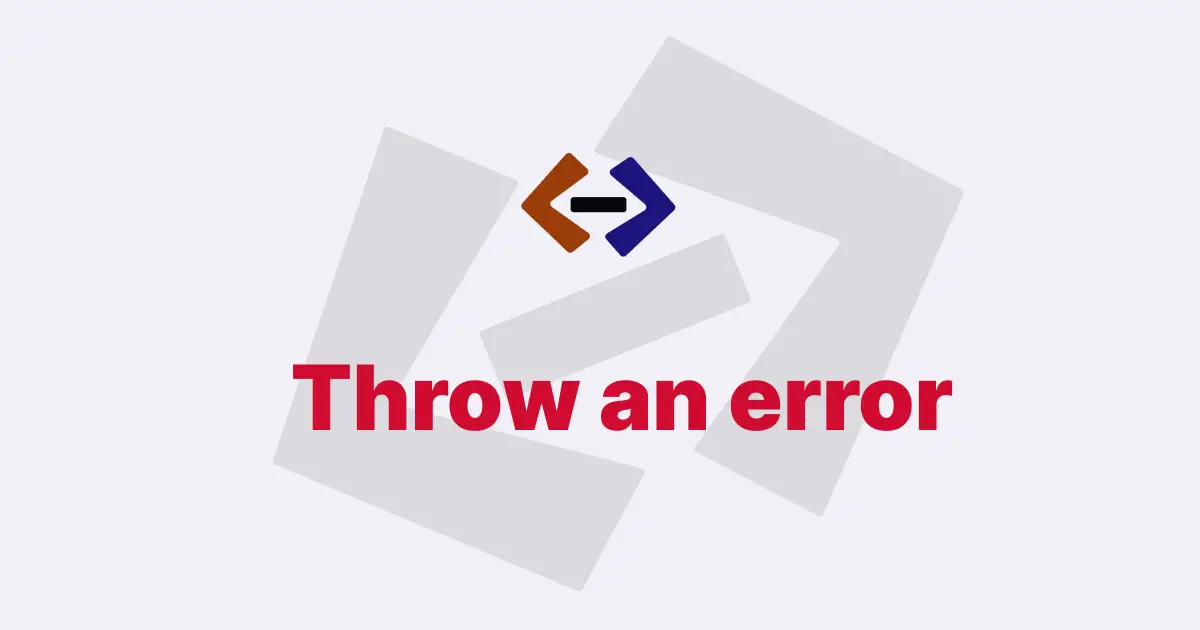JavaScript Promises are a way to handle asynchronous operations in JavaScript. They are a powerful tool that allows us to write code that executes in a non-blocking way, which means that our program can continue to run even if it’s waiting for something to happen.
However, just like any other code, there are bound to be errors that occur when using Promises. In this answer, we will explore how to handle errors in JavaScript Promises.
There are two ways to handle errors in Promises: using the .catch() method or using try...catch blocks.
Handling errors using .catch()
The .catch() method is used to handle errors that occur when a Promise is rejected. It takes a callback function as its argument, which will be called when the Promise is rejected. Here is an example of how to use .catch() to handle errors:
function fetchUserData() {
return fetch("https://api.example.com/user")
.then((response) => {
if (!response.ok) {
throw new Error("Network response was not ok");
}
return response.json();
})
.then((data) => {
// Do something with the data
})
.catch((error) => {
console.error("There was a problem fetching the user data:", error);
});
}In this example, we are using the fetch() function to fetch data from an API. We are then using the .then() method to check if the response was successful, and if it wasn’t, we are throwing an error using the throw keyword. The .catch() method is then used to catch this error and log it to the console.
It’s important to note that if an error occurs in any of the .then() callbacks, it will be caught by the nearest .catch() callback. This means that if you have multiple .then() callbacks, you only need to include one .catch() callback at the end of the chain to handle errors.
Handling errors using try...catch blocks
Another way to handle errors in Promises is to use try...catch blocks. This approach allows you to handle errors in a synchronous way, which can be useful if you need to perform some additional synchronous operations before handling the error.
Here is an example of how to use try...catch blocks to handle errors:
function fetchUserData() {
return fetch("https://api.example.com/user")
.then(async (response) => {
if (!response.ok) {
throw new Error("Network response was not ok");
}
const data = await response.json();
return data;
})
.then((data) => {
// Do something with the data
})
.catch((error) => {
try {
// Do some synchronous error handling here
console.error("There was a problem fetching the user data:", error);
} catch (innerError) {
console.error("There was a problem handling the error:", innerError);
}
});
}In this example, we are using the async keyword to make the second .then() callback asynchronous. We are then using a try...catch block in the .catch() callback to handle the error synchronously. This allows us to perform some additional synchronous operations before logging the error to the console.
It’s important to note that try...catch blocks should only be used for synchronous error handling. If you need to perform asynchronous operations inside a try...catch block, you should use the async...await syntax to make the operations asynchronous.
The two methods we discussed, .catch() and try...catch blocks, are both effective ways to handle errors in Promises. .catch() is useful when you want to handle errors in a more concise way, while try...catch blocks are useful when you need to perform some additional synchronous operations before handling the error.
In summary:
-
Use the
.catch()method to handle errors that occur when a Promise is rejected. -
Use
try...catchblocks to handle errors in a synchronous way. -
Always include error handling in your Promise chains.
-
Log any errors to the console or another logging service.
Thank you for reading, and let’s have conversation with each other
Thank you for reading my article. Let’s have conversation on Twitter and LinkedIn by connecting.



